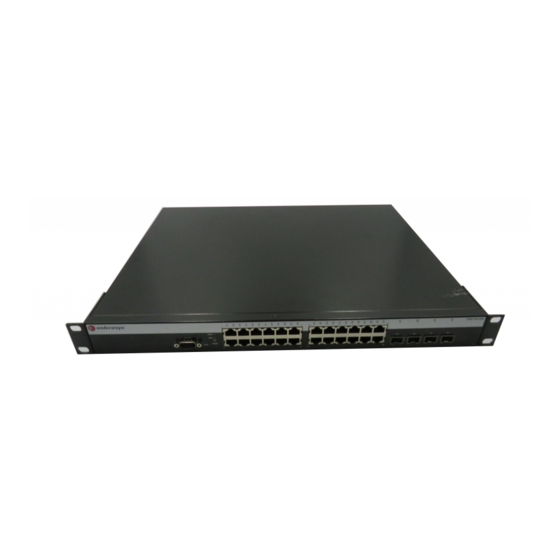
Enterasys SecureStack C3G124-24P Installation Manual
Poe gigabit ethernet switches
Hide thumbs
Also See for SecureStack C3G124-24P:
- Release note (41 pages) ,
- Quick reference (2 pages) ,
- Datasheet (9 pages)














Need help?
Do you have a question about the SecureStack C3G124-24P and is the answer not in the manual?
Questions and answers